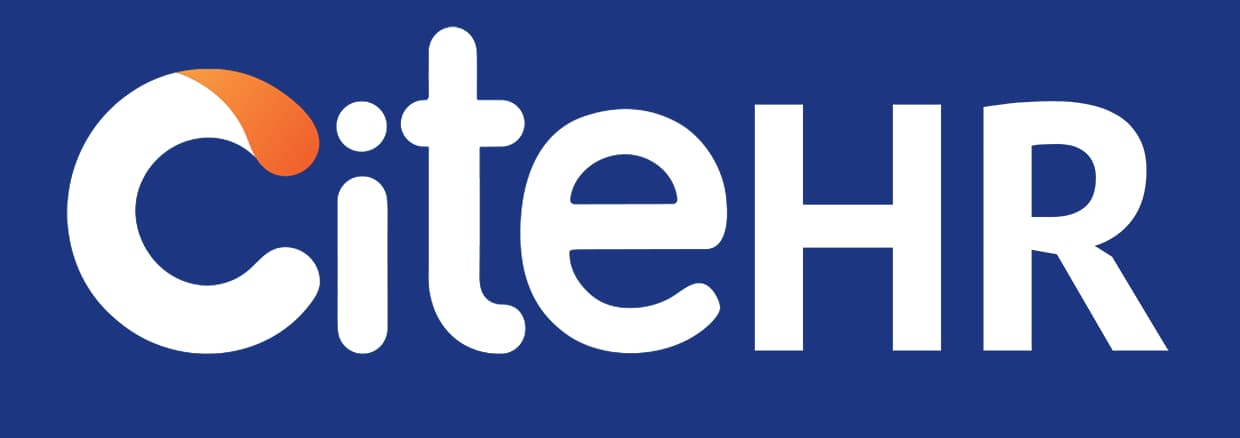Dear All, substituting bhaveshj's misleading https://www.citehr.com/301620-proble...flowchart.html, I am presenting a much more positive approach aimed at solving the problem.
Any organization, to survive and thrive these days, has to work on mutual trust between the employees, management, and the organization as a whole. It is in this context that I am providing this approach.
I look forward to valuable observations, comments, and possible improvements to this approach so that it is beneficial to all forum members.
With Regards,
Rajinikanth
From India, Delhi
Any organization, to survive and thrive these days, has to work on mutual trust between the employees, management, and the organization as a whole. It is in this context that I am providing this approach.
I look forward to valuable observations, comments, and possible improvements to this approach so that it is beneficial to all forum members.
With Regards,
Rajinikanth
From India, Delhi
You just copied the worst (Bhavesh's) presentation to a reasonably positive one, but in the same format. It needs to be improved upon. It only suggests an "If/Else scenario." Some good management tips are wanted on how to turn a negative into a positive. Nevertheless, it is a good attempt on your part.
From India, Chandigarh
From India, Chandigarh
Dear All, Only one response in 6 days! Any observations, comments, improvements? With Regards, Rajinikanth
From India, Delhi
From India, Delhi
Finally, you are insisting on the management to address the problem and finalize it. What is your role in the organization, and where do your responsibilities and power lie? Anyway, good attempt and another way of solving the problem.
From India, Madras
From India, Madras
Your process seems good but will work in an environment where there is freedom to take necessary action to a problem. Let's brainstorm a situation with the employee responsible for delivering on a wide range of activities, yet having no freedom to decide.
You will agree there are many offices where decision-making is centralized to the extent of micromanaging.
Worst, let's imagine there are multiple reporting lines for the individual. That would mean the individual reports to many bosses on each detail, waits for their inputs, and then acts. Most of the time, this would impede the entire development. But then, in reality, that's how it works. There are many people who are reporting to multiple bosses in a matrix structure.
Do share your suggestion on problem-solving in such a situation. I will share an experience of how we did it in such an environment. I look forward to hearing from you.
Regards,
(Cite Contribution)
From India, Mumbai
You will agree there are many offices where decision-making is centralized to the extent of micromanaging.
Worst, let's imagine there are multiple reporting lines for the individual. That would mean the individual reports to many bosses on each detail, waits for their inputs, and then acts. Most of the time, this would impede the entire development. But then, in reality, that's how it works. There are many people who are reporting to multiple bosses in a matrix structure.
Do share your suggestion on problem-solving in such a situation. I will share an experience of how we did it in such an environment. I look forward to hearing from you.
Regards,
(Cite Contribution)
From India, Mumbai
CiteHR is an AI-augmented HR knowledge and collaboration platform, enabling HR professionals to solve real-world challenges, validate decisions, and stay ahead through collective intelligence and machine-enhanced guidance. Join Our Platform.





 56
56